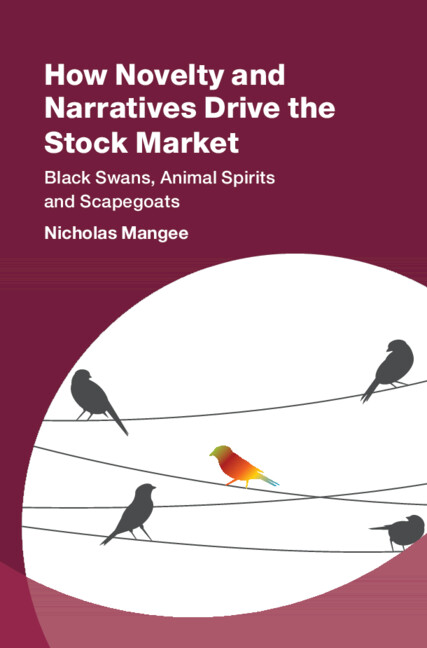1 Introduction In this introductory chapter, we first introduce the topic of this project and its relevance to research and practice. After the statement of the main objectives, we formulate its research questions and contributions. Following some important definitions, we c- clude this introduction by outlining the structure of this project report. 1. 1 Motivation For a long time, the predominant view in finance was that the variation of returns across stocks could be explained by their sensitivities (i. e. , betas) to a single factor, the excess return of the market portfolio. This classical view, reflected in the Capital Asset Pricing Model (CAPM), implies that no portfolio strategy selecting stocks on the basis of other factors is able to consistently outperform a passive ‘buy and hold’ strategy (reflecting the market capitalization-weighted investment universe). Later research, however, found that other factors also play an important role in the cross-sectional variation of stock returns. Especially observed stock attributes such as past returns, market capitalization, or book-to-market ratio, were found to have a high explanatory power. Subsequent - search even proved the existence of profitable portfolio strategies formed on the basis of such stock attributes, which led to their practical implementation and offering by prof- sional investment firms. These quantitative strategies have since become increasingly popular, especially as a means to diversify investments (which is particularly helpful in case of a low correlation between a strategy’s return and the development of the m- ket).












